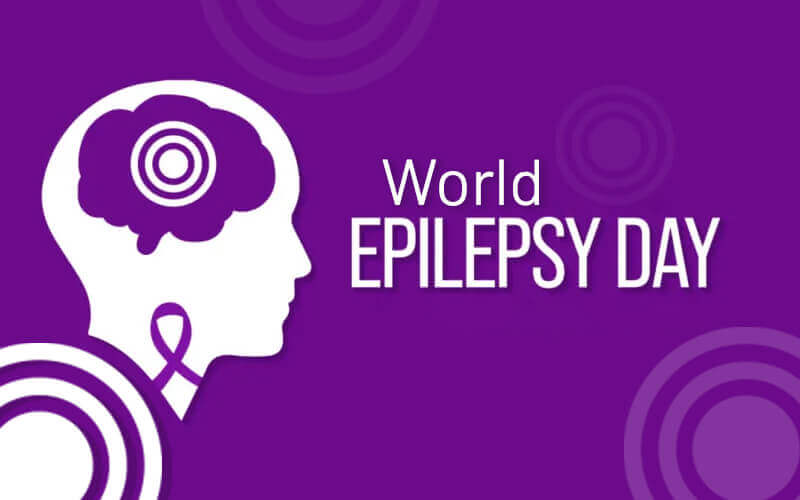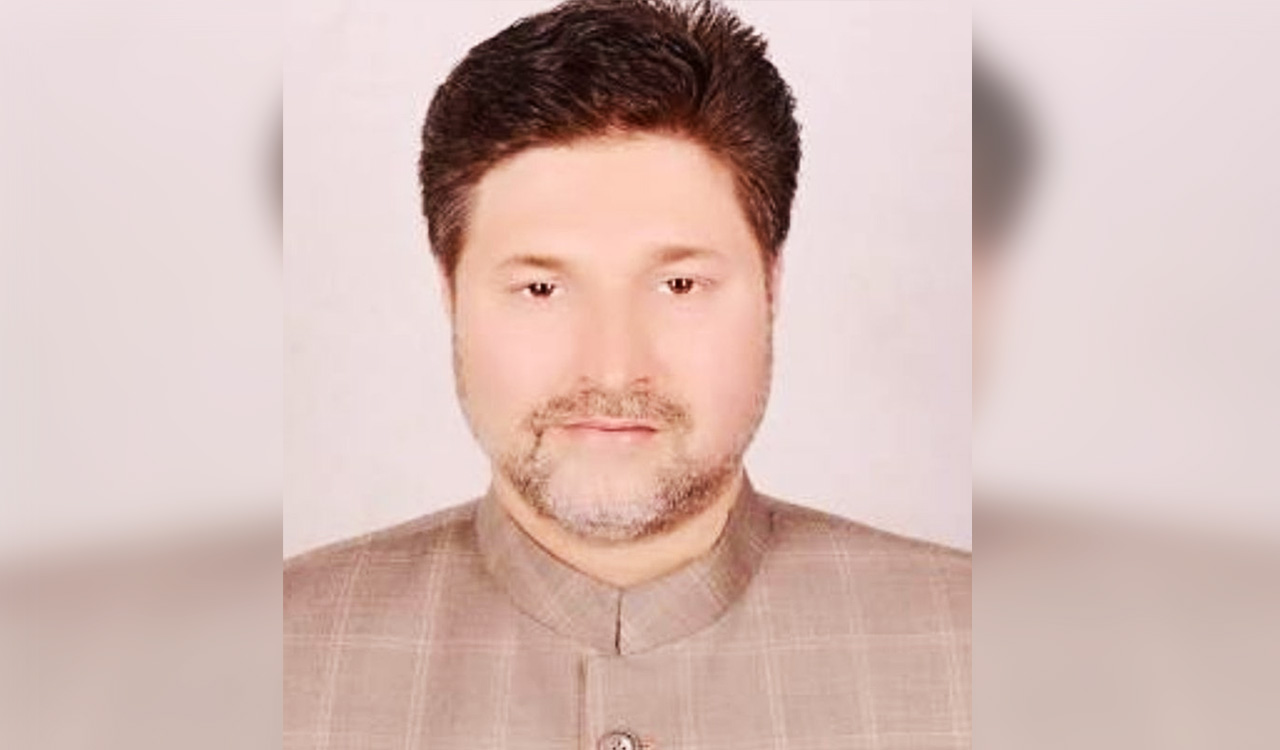Purple Day 2025: Symptoms of 'Silent Epilepsy' that you should know
Thu 27 Mar 2025, 01:34:54

Purple Day is observed every year on March 26 to raise awareness about epilepsy. On this day, countries across the globe are invited to host events that help to raise awareness about the condition. Epilepsy is a chronic condition which causes repeated seizures due to abnormal electrical signals produced by damaged brain cells.
According to Mayo Clinic, a burst of uncontrolled electrical activity within brain cells causes a seizure. Seizures can include changes to your awareness, muscle control (your muscles may twitch or jerk), sensations, emotions and behaviour. There are different types of a epilepsy and 'Silent Epilepsy' is one of them.
According to reports, Silent Epilepsy occurs in 6 to 8 per 100,000 children under 15 years of age. Also known as Absence seizures, this is a condition which involves brief, sudden lapses of consciousness. The condition is more common in children than in adults.
Mayo Clinic says that a person having an absence seizure may stare blankly into space for a few seconds. Then the person typically returns quickly to being alert. This type of seizure usually doesn't lead to physical injury. But injury can happen if someone is driving a car or riding a bike when the seizure
happens.
happens.
Silent Epilepsy can be difficult to diagnose as they don't cause major symptoms and the other symptoms can be easy to miss. Here are some symptoms of 'Silent Epilepsy' that you should know, according to Mayo Clinic.
Absence seizure causes a vacant stare which may be mistaken for a brief lapse in attention. The seizure lasts about 10 seconds though it may last as long as 30 seconds. There's no confusion, headache or drowsiness after the seizure.
Other symptoms of absence seizures are
. A sudden stop in activity without falling.
. Lip smacking.
. Eyelid flutters.
. Chewing motions.
. Finger rubbing.
. Small movements of both hands.
Usually, there's no memory of the incident afterwards. But if the seizure is longer, the person may be aware of missed time. Some people have many episodes daily. When it happens, it can interfere with school or daily activities. A child may have absence seizures for some time before an adult notices them. This is because the seizures are so brief. A decline in a child's learning ability may be the first sign of the seizure disorder. Teachers may say the child has trouble paying attention or that a child is often daydreaming.
No Comments For This Post, Be first to write a Comment.
Most viewed from Health
AIMIM News
Latest Urdu News
Most Viewed
May 26, 2020
Do you think Canada-India relations will improve under New PM Mark Carney?
Latest Videos View All
Like Us
Home
About Us
Advertise With Us
All Polls
Epaper Archives
Privacy Policy
Contact Us
Download Etemaad App
© 2025 Etemaad Daily News, All Rights Reserved.






























